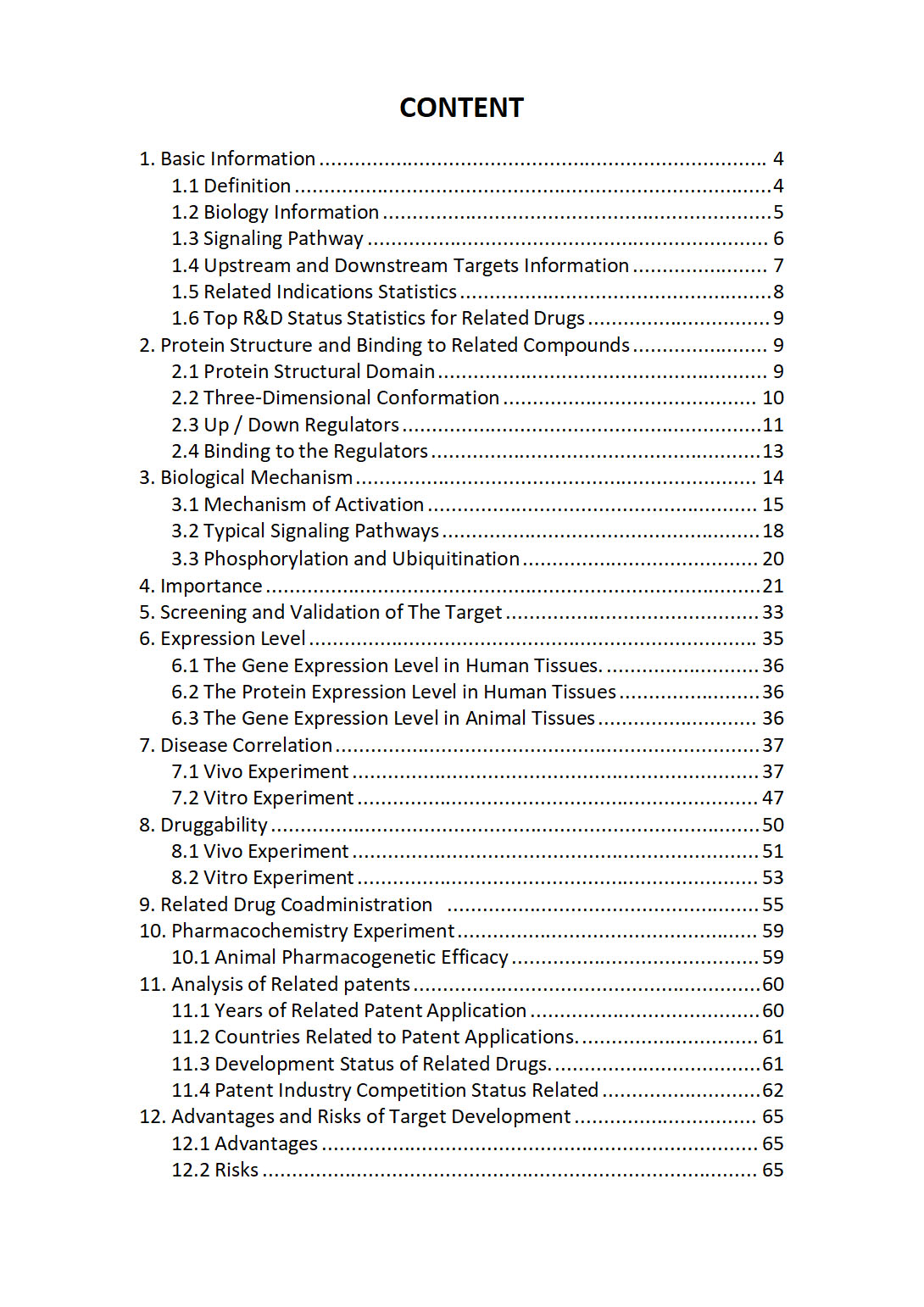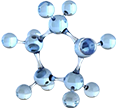PIK3C2B: A Potential Drug Target and Biomarker for Cancer (G5287)


PIK3C2B: A Potential Drug Target and Biomarker for Cancer
Abstract:
PIK3C2B, a protein encoded by human gene PIK3C2B, has been identified as a potential drug target and biomarker for cancer. Its unique structure, function, and regulation make it an attractive target for small molecule inhibitors. This review summarizes the current understanding of PIK3C2B, its functions in cancer, and its potential as a drug target.
Introduction:
PIK3C2B is a non-coding RNA-protein hybrid that plays a critical role in various cellular processes, including cell signaling, gene regulation, and tissue repair. It is a member of the PIK3C family, which includes PIK3A, PIK3B, PIK3C, and PIK3CA , and is responsible for regulating cell proliferation, differentiation, and survival. PIK3C2B is a 21-kDa protein that consists of 205 amino acid residues.
Function and regulation:
PIK3C2B is involved in several cellular processes that are crucial for cancer development and progression. It plays a key role in the regulation of cell cycle progression, including G1 checkout, S-phase, G2 checkout, and G0 arrest. This protein is involved in the negative regulation of the cyclin D1-CDK4 complex, which is responsible for regulating cell cycle progression.
In addition to its role in cell cycle regulation, PIK3C2B is also involved in the regulation of cell adhesion, migration, and invasion. It has been shown to play a critical role in the regulation of tight junction formation and the development of cancer cell-derived extracellular matrix (ECM) structures.
As a potential drug target, PIK3C2B is vulnerable to small molecule inhibitors. The high-throughput screening approach has identified several compounds that are able to inhibit the activity of PIK3C2B, including inhibitors of its downstream signaling pathways, such as the PI3K/Akt signaling pathway.
Despite its potential as a drug target, PIK3C2B is also a potential biomarker for cancer. The expression of PIK3C2B is often increased in cancer cells, and its levels are also higher in cancer tissues compared to normal tissues. This makes PIK3C2B an attractive biomarker for cancer diagnosis and monitoring.
Conclusion:
PIK3C2B is a non-coding RNA-protein hybrid that plays a critical role in various cellular processes, including cell signaling, gene regulation, and tissue repair. Its unique structure, function, and regulation make it an attractive target for small molecule inhibitors. Currently , several compounds have been shown to inhibit the activity of PIK3C2B, and its potential as a drug target and biomarker for cancer is being investigated. Further studies are needed to fully understand the functions of PIK3C2B in cancer and its potential as a therapeutic approach.
Protein Name: Phosphatidylinositol-4-phosphate 3-kinase Catalytic Subunit Type 2 Beta
Functions: Phosphorylates PtdIns and PtdIns4P with a preference for PtdIns (PubMed:10805725, PubMed:9830063, PubMed:11533253). Does not phosphorylate PtdIns(4,5)P2 (PubMed:9830063). May be involved in EGF and PDGF signaling cascades (PubMed:10805725)
The "PIK3C2B Target / Biomarker Review Report" is a customizable review of hundreds up to thousends of related scientific research literature by AI technology, covering specific information about PIK3C2B comprehensively, including but not limited to:
• general information;
• protein structure and compound binding;
• protein biological mechanisms;
• its importance;
• the target screening and validation;
• expression level;
• disease relevance;
• drug resistance;
• related combination drugs;
• pharmacochemistry experiments;
• related patent analysis;
• advantages and risks of development, etc.
The report is helpful for project application, drug molecule design, research progress updates, publication of research papers, patent applications, etc. If you are interested to get a full version of this report, please feel free to contact us at BD@silexon.ai
More Common Targets
PIK3C2G | PIK3C3 | PIK3CA | PIK3CA-DT | PIK3CB | PIK3CD | PIK3CD-AS1 | PIK3CD-AS2 | PIK3CG | PIK3IP1 | PIK3IP1-DT | PIK3R1 | PIK3R2 | PIK3R3 | PIK3R4 | PIK3R5 | PIK3R6 | PIKFYVE | PILRA | PILRB | Pim Kinase | PIM1 | PIM2 | PIM3 | PIMREG | PIN1 | PIN1-DT | PIN1P1 | PIN4 | PINCR | PINK1 | PINK1-AS | PINLYP | PINX1 | PIP | PIP4K2A | PIP4K2B | PIP4K2C | PIP4P1 | PIP4P2 | PIP5K1A | PIP5K1B | PIP5K1C | PIP5K1P1 | PIP5KL1 | PIPOX | PIPSL | PIR | PIR-FIGF | PIRAT1 | PIRT | PISD | PISRT1 | PITHD1 | PITPNA | PITPNA-AS1 | PITPNB | PITPNC1 | PITPNM1 | PITPNM2 | PITPNM2-AS1 | PITPNM3 | PITRM1 | PITRM1-AS1 | PITX1 | PITX1-AS1 | PITX2 | PITX3 | PIWIL1 | PIWIL2 | PIWIL2-DT | PIWIL3 | PIWIL4 | PIWIL4-AS1 | PJA1 | PJA2 | PJVK | PKD1 | PKD1-AS1 | PKD1L1 | PKD1L1-AS1 | PKD1L2 | PKD1L3 | PKD1P1 | PKD1P4-NPIPA8 | PKD1P6 | PKD2 | PKD2L1 | PKD2L2 | PKD2L2-DT | PKDCC | PKDREJ | PKHD1 | PKHD1L1 | PKIA | PKIA-AS1 | PKIB | PKIG | PKLR | PKM


